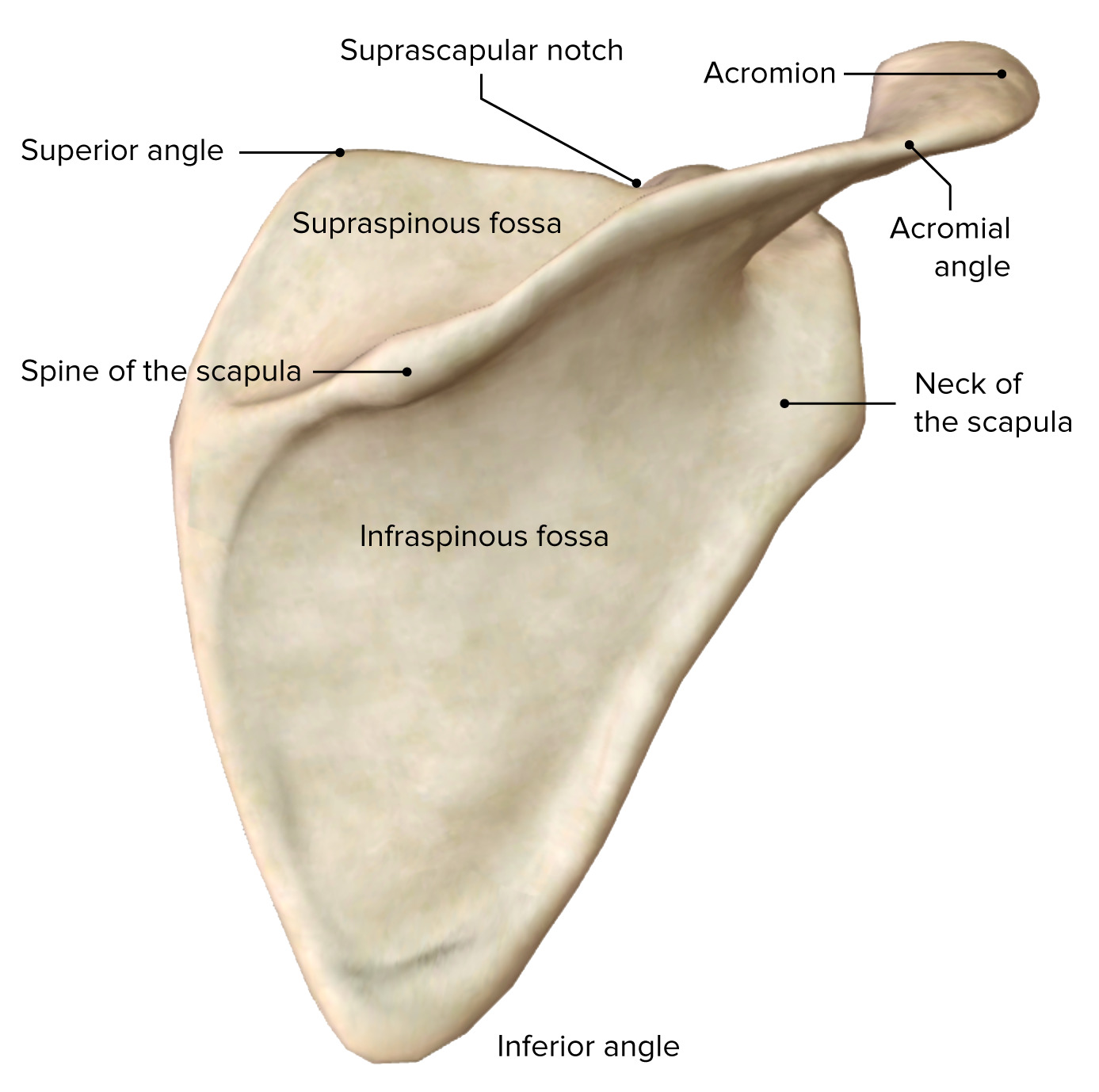
The lesser tubercle is situated on the anterior surface of the bone, immediately below the anatomic neck ( Figs. B, Photograph of anterior aspect of proximal humerus. 5-5 A, Anterior aspect of right proximal humerus. The coracoid process can be palpated just distal and slightly medial to the acromioclavicular articulation.įig. This process projects first anteriorly and medially and then curves on itself to project laterally. The coracoid process arises from a thick base that extends from the scapular notch to the superior portion of the neck of the scapula. The constricted region around the glenoid cavity is called the neck of the scapula. The lateral angle, the thickest part of the body of the scapula, ends in a shallow, oval depression called the glenoid cavity. The inferior angle is formed by the junction of the medial (vertebral) and lateral borders and lies over the seventh rib. The superior angle is formed by the junction of the superior and medial borders. The lateral border extends from the glenoid cavity to the inferior angle. The medial border extends from the superior to the inferior angles. The superior border extends from the superior angle to the coracoid process and at its lateral end has a deep depression, the scapular notch. The dorsal surface of the medial border affords attachment of the levator muscles of the scapulae, greater rhomboid muscle, and lesser rhomboid muscle.

The teres minor muscle arises from the superior two thirds of the lateral border of the dorsal surface, and the teres major arises from the distal third and the inferior angle. The infraspinatus muscle arises from the portion below the spine, which is called the infraspinous fossa.

The area above the spine is called the supraspinous fossa and gives origin to the supraspinatus muscle. The crest of spine arises at the superior third of the medial border from a smooth, triangular area and runs obliquely superior to end in a flattened, ovoid projection called the acromion.

The dorsal (posterior) surface is divided into two portions by a prominent spinous process. The anterior serratus muscle attaches to the medial border of the costal surface from the superior angle to the inferior angle. It is filled almost entirely by the attachment of the subscapularis muscle. The costal (anterior) surface of the scapula is slightly concave and contains the subscapular fossa.


 0 kommentar(er)
0 kommentar(er)
